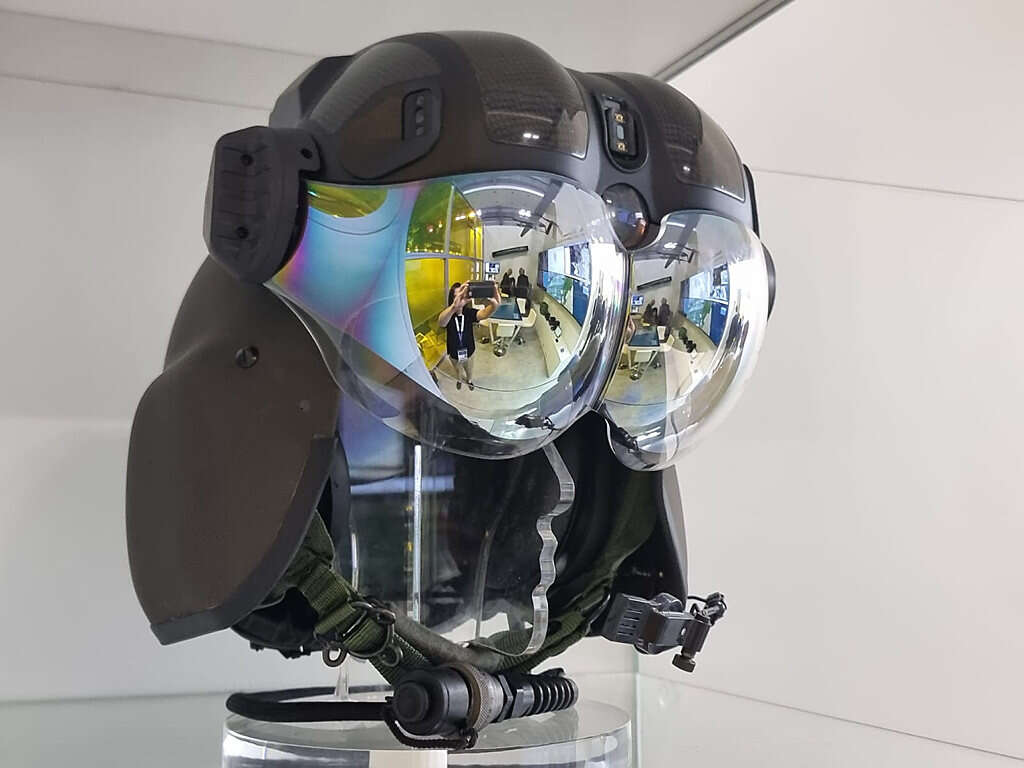American F-15 fighter jets, outfitted with a cutting-edge radar system, thwarted about 75 Iranian Shahed drones during the April 13 Iranian assault on Israel, according to retired General Rob Novotny, who oversees fighter jet business development at Boeing.
Novotny shared this information on Tuesday during a press briefing at the Farnborough Airshow in England. The radar system manufactured by Raytheon is also a key component of the new F-15EX model that Israel intends to acquire, subject to Congressional approval. The initial order encompasses 25 aircraft, with options for an additional 50, bringing the potential total to 75 jets.
"No further sales pitch is necessary," Novotny stated. "This radar has proven its exceptional worth in combat." Boeing's chief F-15 test pilot, Matt "Phat" Giese, also participated in the briefing. He revealed that an F-15 carrying 12 training missiles is part of the airshow's aerobatic display, alongside an unarmed "clean" aircraft.

"Right after takeoff, I execute a highly intricate maneuver with the aircraft called a swirl loop, which has never been performed before with an armed jet. The aircraft doesn't sacrifice an ounce of capability despite the attached missiles," Giese remarked enthusiastically.
Elbit Systems, exhibiting through its British subsidiary, follows the pattern of other Israeli companies by primarily showcasing models within its stand rather than displaying full systems on the ground.
The booth features two of the world's most advanced helmets, drawing considerable attention from attendees. The first, designed for helicopter pilots and bearing a resemblance to Darth Vader's iconic headgear, is called X-Sight. This modular helmet incorporates a mission computer running an artificial intelligence algorithm, delivering a crisp, clear, and precise image. It enables low-altitude flying and identifies hard-to-spot ground obstacles and threats in all weather conditions.
Sagi Peleg, VP of Business Development & Strategy in the Aerospace Division, explained that this system fuses data from various sensors to present pilots with a comprehensive, integrated view. "We're implementing a completely novel strategy, offering pilots an augmented reality system that provides a combined picture constructed from various sensors and synthetic processors."

This advancement means pilots can see power lines in the field along with their height, clearly marked with numbers. "The days of separate displays for radar, weapons systems, and other components are behind us. Now, all the information is consolidated and processed into a single, comprehensive picture."
The helmet is part of Elbit's new comprehensive strategic suite, available to both helicopter and fighter jet pilots – a holistic solution displayed on a single screen.
The second helmet, dubbed "Zero G," represents a significant upgrade to the advanced helmet used by F-35 pilots worldwide and in other cutting-edge aircraft: it's remarkably lightweight. "The original helmet, packed with technologies, was quite heavy," Peleg explained. "Pilots reported neck pain due to the weight. We've drastically reduced it, greatly alleviating the physical strain on pilots," he concluded.




